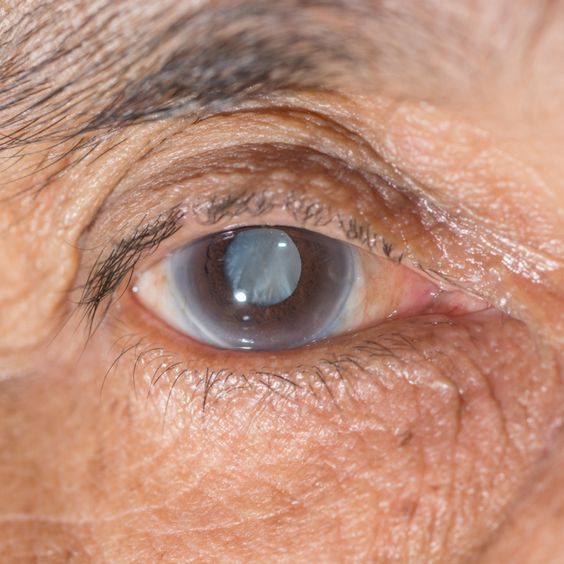Introduction
Cataracts are a common age-related eye condition that affects millions worldwide. It involves the clouding of the natural lens of the eye, which is normally clear. This clouding interferes with light passing through the lens to the retina, leading to vision impairment. While cataracts typically develop slowly and painlessly, they can gradually worsen over time, eventually interfering with daily activities like reading, driving, and recognizing faces.

Early detection and treatment of cataracts are crucial to preserving vision. This blog post will delve into the signs and symptoms of cataracts, discuss the available treatment options, and provide valuable information to help you make informed decisions about your eye health.
Recognizing the Signs and Symptoms
Cataracts often develop gradually, and you may not notice any vision problems in the early stages. As the condition progresses, you may experience the following symptoms:
- Blurry or cloudy vision: The most common symptom, as if you're looking through a fogged-up window.
- Faded colors: Colors may appear less vibrant and washed out.
- Poor night vision: Difficulty seeing clearly in low light conditions.
- Halos around lights: Seeing rings or circles of light, especially at night.
- Double vision: Seeing two images of a single object, usually in one eye.
- Frequent changes in eyeglass or contact lens prescription: As cataracts develop, you may find yourself needing to change your prescription more often.
It's important to note that these symptoms can also be associated with other eye conditions. If you experience any of these signs, it's essential to consult an eye doctor for a comprehensive eye exam to determine the cause.
Treatment Options for Cataracts
If cataracts are diagnosed and significantly impacting your vision, surgery is typically the recommended treatment. Cataract surgery involves removing the clouded natural lens and replacing it with an artificial intraocular lens (IOL). This procedure is generally safe and effective, resulting in significant vision improvement for most patients.
Conclusion
Cataracts are a common eye condition that can significantly affect vision if left untreated. Recognizing the signs and symptoms early on is crucial for seeking timely medical attention. If you're experiencing any vision problems, consult an eye doctor for a thorough evaluation. With proper diagnosis and treatment, most individuals can regain clear vision and continue enjoying their daily activities.

.jpg)